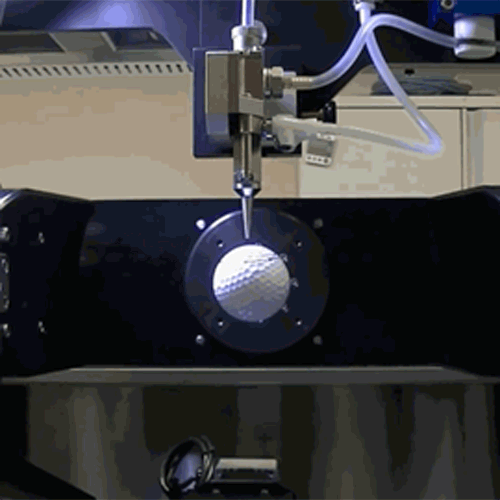Albuquerque based company Optomec has announced the expansion of its metal 3D printing capabilities with improved performance copper inks.
Copper is a fundamental material in the creation of electronics for its conductivity and affordability. Optomec believes this advancement in copper inks will “enable new classes of electronic devices helping to expand industrial use of 3D printed electronics.”

Aerosol Jet Technology
Optomec will utilize the copper inks in their Aerosol Jet systems. The Aerosol Jet method is a proprietary technology developed by Optomec which uses a direct writing method to print inks onto 2D or 3D substrates. As the name suggests, the technology involves spraying metal inks that are suspended in an aerosol mist. 3D Printing Industry took a closer look into Optomec’s 3D printing capabilities, including LENS and Aerosol Jet technology, speaking to one of their directors.
According to Mike Renn, CTO at Optomec, the copper materials have already been integrated following successful testing on the Aerosol Jet printers. As he says,
The general availability of both copper and copper/nickel materials extends Aerosol Jet printing to address our customer’s next generation product development challenges. Optomec’s Advanced Applications Lab has already begun using these innovative materials on applications ranging from embedded sensors, thermistors and flexible electronic circuits.

3D printing Copper
Optomec has been working with several companies to develop the copper materials, including Applied Nanotech, Intrinsiq Materials, PV Nano Cell and Kuprion. These material suppliers have developed both Copper and Copper/Nickel alloy (Constantin) inks. Copper inks can be used to create electronics and circuit boards, while the Constantin alloy is intended to create critical sensing elements such as thermocouples and strain gauges.
This materials expansion is particularly significant as Copper is known to be quite a difficult material for 3D printing. While its advanced thermal conductivity is an attractive characteristic for electronics application, this also means the metal is quite difficult to melt. It is for this reason that aerospace company Aerojet Rocketdyne was lauded for 3D printing a copper thrust chamber for a rocket engine.
Make sure to place your votes in this month’s 3D Printing Industry Awards.
For the latest additive manufacturing news, subscribe to our newsletter and follow us on twitter.
Featured image shows Optomec 3D printed electronics with nanosilver. Photo by Michael Petch



